If you’re new to skiing, the choice between cross-country and downhill skis can feel overwhelming. Here’s the quick rundown:
- Cross-Country Skis: Lightweight, long, and slim, designed for flat or gently rolling terrain. They’re great for a steady, full-body workout and gliding through scenic trails. Easier to learn and best for endurance-focused activities.
- Downhill Skis: Shorter, wider, and heavier, built for speed and control on steep slopes. Perfect for adrenaline-seekers who want the thrill of racing down mountains. Requires more practice and technical skill.
- Snowfeet*: A compact, modern option combining elements of both. These mini skis are portable, work with regular winter shoes, and are beginner-friendly. Ideal for those looking for versatility across different terrains.
Quick Comparison
| Feature | Cross-Country Skis | Downhill Skis | Snowfeet* |
|---|---|---|---|
| Length | 6–8 feet | 5–6 feet | 1.5–4 feet |
| Weight | Lightweight | Heavy | Ultra-lightweight |
| Bindings | Toe-only | Full-boot | Adjustable universal |
| Terrain | Flat, rolling hills | Steep slopes | All terrain types |
| Learning Time | 1–2 outings | Several days | 1 hour |
| Cost | Moderate | Expensive | Budget-friendly |
| Portability | Bulky | Bulky | Backpack-friendly |
Which should you try first?
- If you want a peaceful, scenic workout, go for cross-country skis.
- If you’re chasing thrills and speed, downhill skis are your match.
- Looking for something easy, flexible, and fun? Snowfeet* might be your best bet.
Ready to hit the snow? Let’s dive into the details!
XC Skiing vs Downhill
How Cross-Country and Downhill Skis Differ in Design
Cross-country and downhill skis are built for two very different snow experiences. Knowing how they differ can make all the difference when picking the right pair for your winter plans.
Cross-Country Skis: Lightweight and Built for Distance
Think of cross-country skis as the endurance athletes of the ski world. They’re designed to glide efficiently over flat terrain and rolling hills. These skis are long and narrow, typically stretching between 6 to 8 feet in length and around 1.5 to 2 inches wide [5]. This slim design helps reduce drag, making it easier to move smoothly through snow.
To keep things light, brands like Rossignol and Atomic use materials that emphasize speed over heft. Their lightweight build is key for maintaining momentum over long distances. Cross-country skis also feature a toe-only binding system, which lets your heel lift naturally, making each stride feel fluid and efficient [1]. They usually have a straight sidecut with minimal variation in width, and many skip metal edges entirely - perfect for gliding forward but not ideal for sharp turns on icy slopes [4].
Downhill Skis: Built for Speed and Control on Steep Terrain
Downhill skis are a whole different beast. These are the powerlifters of the ski world - shorter, wider, and heavier than their cross-country counterparts [1]. Most downhill skis range from 5 to 6 feet in length and 3 to 4 inches in width, giving skiers a stable platform for tackling steep slopes at high speeds.
Their design focuses on maximizing contact with the snow, which boosts stability during fast descents [4]. Brands like Head and Elan equip downhill skis with rigid bindings that lock your entire boot in place, providing precise control [1]. Sharp metal edges are standard, giving you the grip needed to handle icy conditions, while their parabolic sidecuts make carving turns easier [4]. Though the heavier construction might seem like a downside, it actually helps with balance and control when flying down steep trails.
Snowfeet*: Compact Skis for Any Terrain
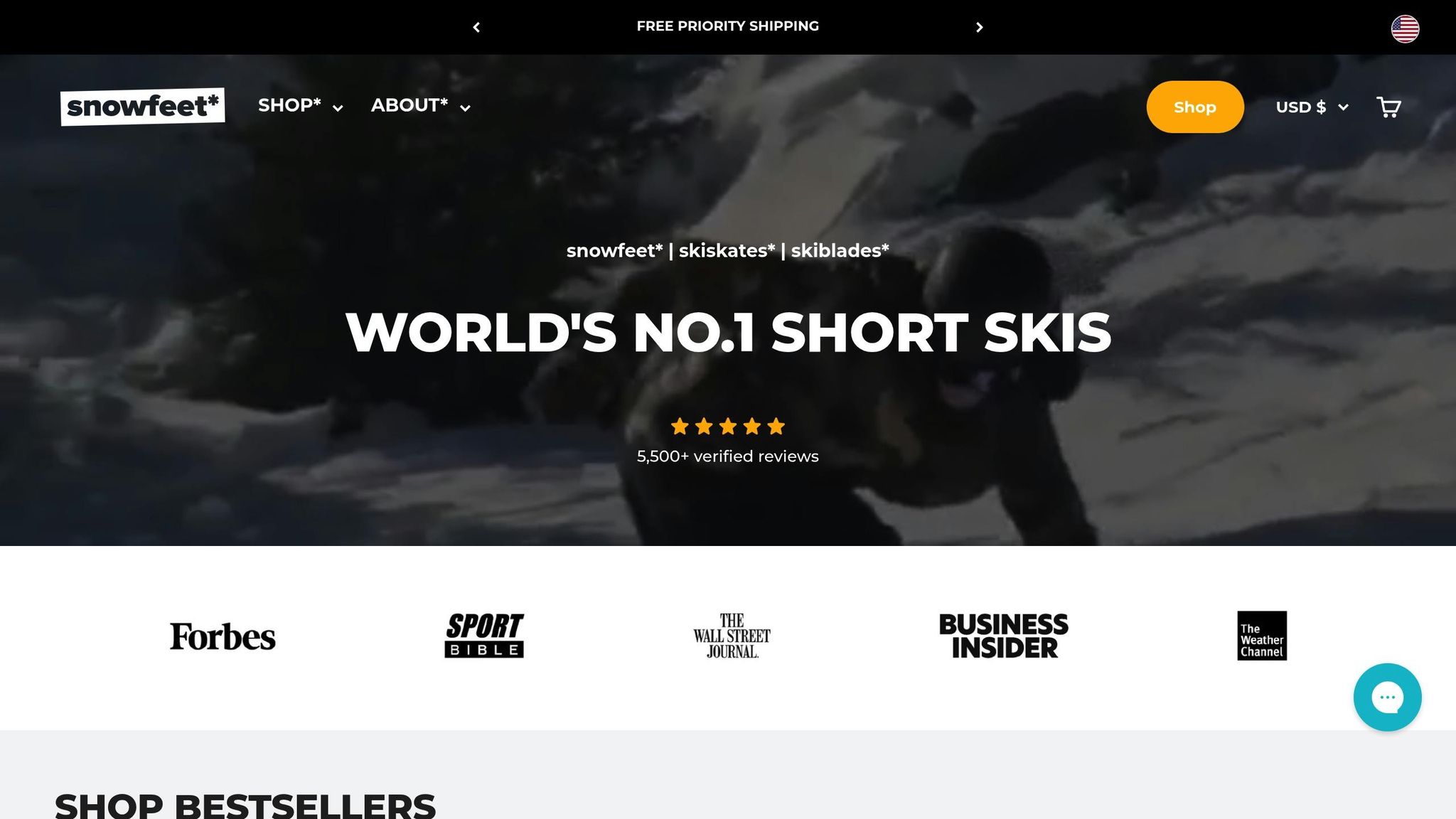
Snowfeet* takes a fresh approach to skiing by combining elements of cross-country and downhill designs into something entirely new. Their compact skis, including the Snowfeet* NORDIC Cross-Country Skate Skis (90 cm) and Skiblades (65 cm and 99 cm), are small but mighty, delivering performance across various terrains.
What sets Snowfeet* apart is their universal compatibility. Unlike traditional skis that require specific boots, Snowfeet* products work with regular winter shoes, snowboard boots, or ski boots [3][6]. This flexibility means you can toss them in your backpack and switch between terrains without missing a beat.
Built with fiberglass-reinforced materials and metal edges, Snowfeet* skis offer downhill-level control in a compact, portable package [3]. Whether you’re hitting the slopes, exploring snowparks, hiking trails, or even sledding hills, these skis are ready for the adventure.
| Feature | Cross-Country Skis | Downhill Skis | Snowfeet* Products |
|---|---|---|---|
| Length | 6–8 feet | 5–6 feet | 1.5–4 feet |
| Width | 1.5–2 inches | 3–4 inches | 2–3 inches |
| Weight | Lightweight | Heavy | Ultra-lightweight |
| Bindings | Toe-only | Full-boot | Adjustable universal |
| Boot Compatibility | XC boots only | Alpine boots only | Any winter footwear |
| Terrain | Flat, rolling hills | Steep slopes | All terrain types |
| Portability | Bulky | Bulky | Backpack-friendly |
Snowfeet* is shaking up the ski world by proving that compact, versatile gear can handle just about anything. It’s a game-changer for those who want one piece of equipment for all kinds of snow adventures.
Terrain Types, Speed, and Physical Requirements
The type of terrain and physical effort required can shape your skiing experience. Whether you're after a calm, endurance-focused outing or a heart-pounding rush down steep slopes, there's something for everyone.
Cross-Country Skiing: A Steady, Full-Body Workout
Cross-country skiing shines on flat or gently rolling terrain, where you can glide along at your own pace over long distances. Think groomed trails, open fields, and scenic park paths - perfect for covering ground without worrying about steep hills [2]. It's a great option if you want to focus on endurance without the challenges of sharp descents.
This style of skiing offers an excellent full-body workout. Your legs drive each stride, while your arms and core work in sync with the poles, giving you a cardio boost that builds stamina over time. The emphasis here is on steady effort rather than bursts of power [2]. Plus, it’s a great way to improve your balance, as it strengthens foot and ankle stability, which can carry over into everyday activities [7]. If you're looking for something more adrenaline-packed, though, downhill skiing might be your style.
Downhill Skiing: Speed and Thrills on Steep Slopes
Downhill skiing is all about the rush of speeding down steep mountain trails. From beginner-friendly bunny slopes to expert-level black diamonds, this style demands quick thinking and sharp reflexes as you navigate moguls, icy patches, and changing snow conditions.
Gravity does most of the work here, propelling you to high speeds [1]. As Olympic skier Lindsey Vonn famously said:
"I want to go fast, I love pushing myself to the limit and throwing myself down a mountain at 85mph and seeing what happens." [2]
Physically, downhill skiing is a test of strength and stability. Your core and leg muscles are constantly engaged to control turns and absorb impact during rapid descents. While the rigid boots offer solid protection, the fast pace means a higher risk of injury compared to other skiing styles [2][7]. If you're looking for something that blends versatility with ease, though, Snowfeet* might just be the answer.
Snowfeet*: A Versatile Option for Every Terrain
Snowfeet* steps outside the boundaries of traditional skiing. These compact, lightweight products are designed to handle a variety of terrains, from ski slopes and hiking trails to sledding hills and even your own backyard [6][3]. They let you explore different environments without committing to specialized gear.
With metal edges similar to skis and snowboards, Snowfeet* grip well on groomed snow and can even handle up to 4 inches of powder [3]. Whether you're carving down a mountain or gliding along a flat trail, this gear adapts to your adventure seamlessly.
Snowfeet* are also beginner-friendly. Their shorter length makes balancing easier, and the lightweight design helps reduce fatigue, even during extended use. Plus, they’re small enough to fit in your backpack, making them perfect for on-the-go fun.
| Aspect | Cross-Country Skiing | Downhill Skiing | Snowfeet* Products |
|---|---|---|---|
| Terrain | Flat, rolling hills | Steep mountain slopes | All terrain types |
| Speed | Moderate, self-powered | High, gravity-powered | Variable, user-controlled |
| Physical Focus | Endurance, full-body | Strength, core stability | Balanced, adaptable |
| Learning Difficulty | Easier start | Harder to master | Easiest overall |
| Workout Intensity | Sustained cardio | Intense bursts | Customizable |
What makes Snowfeet* stand out is their flexibility. You can glide along gentle trails in the morning, then tackle steeper slopes in the afternoon - all with one compact, portable piece of gear. It’s like having a whole range of skiing experiences in your backpack.
Learning Difficulty for Beginners
Picking your first type of skiing can feel overwhelming. But understanding how each style stacks up in terms of ease can make the decision a lot simpler. Here's a breakdown of how beginner-friendly each option is.
Cross-Country Skiing: A Gentle Introduction
Cross-country skiing is one of the easiest ways to ease into winter sports. The slower pace and mostly flat terrain give you plenty of time to adjust and find your balance. The motion is smooth and straightforward - gliding along while using poles for balance and movement. For most beginners, the learning curve is minimal, and many enjoy their first outing without much trouble. Plus, the equipment is less intimidating, which makes it a great starting point.
Downhill Skiing: Exciting but Demanding
If you're looking for excitement, downhill skiing delivers - but it’s definitely more challenging to learn. Managing speed, sharp turns, and steep descents takes practice and technical skill. Beginners usually need lessons and spend time on easier slopes before tackling more advanced terrain. The equipment can also feel a bit overwhelming at first, with stiff boots and longer skis adding to the complexity. And yes, the risk of falling is higher compared to other styles, but with patience and guidance, it’s a rewarding experience.
Snowfeet*: Quick and Easy to Pick Up
Snowfeet* are designed to make learning winter sports as simple as possible. Their compact size (under 50 cm) makes them much easier to control than traditional skis. Turning and stopping feel natural, especially if you’ve ice skated or played hockey before. The lightweight design means less fatigue, and you can use regular winter shoes or snowboard boots, which keeps things simple and budget-friendly.
Most beginners can get the hang of Snowfeet* within an hour. Their shorter length boosts confidence and makes it easier to experiment with movements and terrains. Even as you improve, Snowfeet* remain versatile, allowing you to explore a variety of winter activities.
| Learning Factor | Cross-Country | Downhill | Snowfeet* |
|---|---|---|---|
| Time to Basic Competency | 1–2 outings | Several days | 1 hour |
| Lesson Requirement | Optional | Highly recommended | Not needed |
| Equipment Complexity | Moderate | High | Low |
| Fall Risk | Low | High | Low |
| Technique Difficulty | Intuitive | Technical | Natural |
sbb-itb-17ade95
Snowfeet* vs. Traditional Ski Brands Comparison
Choosing between Snowfeet* and traditional ski brands like Rossignol, Atomic, Elan, or Head involves more than just comparing sizes. These differences can dramatically shape your winter sports experience, especially if you're a beginner or someone prioritizing convenience. Let’s break down how Snowfeet* stacks up against the big names in skiing.
Cost
When it comes to price, Snowfeet* wins hands down. A full traditional ski setup from brands like Rossignol or Atomic can set you back around $1,500[9]. Snowfeet*, on the other hand, cost between $150 and $300. Even the most basic skis from brands like Salomon start at $250 to $500 – and that’s just for the skis[9]. Add in boots, bindings, and poles, and the costs pile up fast. Renting isn’t much better, with daily rates averaging $40[9]. In just a few outings, Snowfeet* prove to be a budget-friendly alternative.
Portability
This is where Snowfeet* truly shine. Traditional skis are bulky, measuring 5 to 6 feet long, which makes them a hassle to transport and store. Snowfeet*, at under 20 inches, easily fit in a backpack[6]. According to the company:
"Light, compact, and ready to go. Snowfeet fit your gear, your car, and your lifestyle."
No need for roof racks or ski bags – just toss them in your bag, and you’re good to go.
Versatility
Traditional skis are typically designed for specific conditions. Cross-country skis excel on groomed trails, while downhill skis are built for mountain slopes. Switching between terrains often means switching gear. Snowfeet* eliminate that problem. They work on ski slopes, in snow parks, on hiking trails, and even in your backyard. Plus, they’re compatible with regular winter shoes, snowboard boots, or ski boots. That kind of flexibility is hard to beat.
Ease of Use
Traditional ski setups can feel overwhelming, especially for beginners. You’ll need to match bindings to boots, pick skis suited to your skill level, and often rely on professional fittings. Snowfeet* keep things simple. Their adjustable bindings fit boot sizes from EU 36-49 (US 4.5-14.5)[10], cutting down on extra costs and headaches. And while learning traditional skiing can take days, Snowfeet* promise a much shorter learning curve – just five minutes[6].
Here’s a quick comparison:
| Feature | Snowfeet* | Traditional Brands (e.g., Rossignol, Atomic, Head) |
|---|---|---|
| Price Range | $150 - $300 | $1,500+ (complete setup)[9] |
| Length | Under 20 inches | 5-6 feet |
| Learning Time | 5 minutes[6] | Several days |
| Lesson Requirement | None | Highly recommended |
| Portability | Fits in a backpack[6] | Requires roof rack or ski bag |
| Boot Compatibility | Regular winter shoes, snowboard, or ski boots | Specific ski boots only |
| Terrain Versatility | Slopes, parks, trails, backyards | Specific terrain types |
The Takeaway
If you’re aiming for high performance on specific terrains and don’t mind the time and money investment, traditional ski brands are the way to go. But if you value convenience and flexibility, Snowfeet* offer a fun, hassle-free alternative that’s hard to ignore.
Which Type Should You Try First?
The right choice depends on your skiing goals and skill level. Whether you're after a peaceful endurance workout, adrenaline-pumping descents, or something flexible and fun, there's an option for you.
Cross-Country: Endurance and Scenic Trails
If you love the idea of gliding through serene, snow-covered landscapes, cross-country skiing might be your perfect match. It's a fantastic endurance workout, ideal for those who prefer flat trails and a slower, more relaxed pace. Plus, it’s a great way to connect with nature while getting your heart pumping [8].
Cross-country skiing is beginner-friendly and doesn’t require a fancy setup. Groomed trails or even park paths work just fine [13]. If you’re into hiking or jogging, this could be a natural fit for your winter routine. It’s all about challenging your stamina while soaking in the beauty of the outdoors.
Downhill: Speed and Mountain Adventure
For thrill-seekers, downhill skiing delivers the rush of flying down steep mountain slopes. It’s all about speed, excitement, and mastering the art of sharp turns and controlled descents. If the idea of carving through fresh powder at high speeds excites you, this is the way to go [12].
That said, downhill skiing takes some practice. You’ll need to get comfortable with techniques like turning and braking, and lessons are highly recommended for beginners [13]. It also requires access to ski resorts with lifts, which can be pricey and less accessible. But for those who crave the adrenaline, it's worth every penny [12].
Snowfeet*: Compact Fun and Versatility
Looking for something different? Snowfeet* might be your answer. These mini skis are lightweight, portable, and incredibly versatile. Whether you’re hitting ski slopes, snow parks, hiking trails, or even your backyard, Snowfeet* let you explore it all.
"Snowfeet* is the more versatile model. You can take them with you on a hike, cross-country trail, ski slopes or just a local sledding hill. The big advantage is that you can wear them with any winter shoes." [3]
Snowfeet* are easy to learn, especially if you’ve got experience with rollerblading or hockey [11]. At less than 20 inches long, they fit in a backpack and work with regular winter boots. No need for lift passes or bulky gear - they're perfect for spontaneous adventures.
If you’re after convenience, variety, and a low-pressure way to dive into winter sports, Snowfeet* are an excellent choice. They combine the best of skiing and skating, giving you the freedom to explore without the hassle of traditional equipment.
Final Thoughts: Pick the Right Skis for You
Picking the right gear - whether it's cross-country skis, downhill skis, or Snowfeet* - depends entirely on what kind of winter adventure you’re after. Take a moment to think about what matters most to you: endurance, speed, or versatility.
If you’re drawn to a peaceful glide through nature while getting a full-body workout, cross-country skiing is a solid choice. It’s perfect for those who enjoy stamina-building exercise on gentle, groomed trails.
For thrill-seekers craving high-speed descents and the rush of carving down mountain slopes, downhill skiing is the way to go. Just keep in mind, it takes some practice to master and requires access to ski resorts [1].
Then there’s Snowfeet*, which bring something entirely different to the table. These compact, innovative skis have earned over 5,500 glowing reviews and a stellar 4.9/5-star rating. With prices ranging from $150 to $690, they’re a cost-effective alternative to traditional setups from brands like Rossignol or Atomic [6].
What makes Snowfeet* special? Their versatility. You can opt for the ultra-portable 38 cm Mini Ski Skates (roughly 15 inches) or the 99 cm Skiblades (about 39 inches) for better performance in powder. They’re designed to work on ski slopes, hiking trails, or even your backyard. Plus, they fit into a backpack, pair with regular winter boots, and eliminate the need for pricey lift passes [6].
So, if convenience and variety top your list, Snowfeet* might be your perfect match. Whether you’re after the endurance challenge of cross-country skiing, the adrenaline of downhill runs, or the all-around flexibility of Snowfeet*, the choice is all about what excites you most. Winter’s calling - gear up and make it unforgettable [6].
FAQs
What’s the difference in learning difficulty between cross-country skiing, downhill skiing, and using Snowfeet?
The difficulty of learning to ski really depends on the type you choose. Cross-country skiing is often more beginner-friendly because it takes place on gentler terrain and at slower speeds, which can feel less overwhelming. In contrast, downhill skiing tends to be trickier, with steep slopes, higher speeds, and more advanced techniques that take time and practice to get the hang of.
If you’re looking for something a bit different, Snowfeet might be a great option. Their skiblades are compact and easy to control, making them a fun and approachable way to dive into snow sports. They’re ideal for anyone wanting a simpler, more versatile way to enjoy the slopes without the steeper learning curve that comes with traditional skiing.
What makes Snowfeet more versatile and adaptable than traditional cross-country or downhill skis?
Snowfeet products shine for their incredible versatility across all kinds of snowy terrains. Unlike traditional skis - often tailored for specific activities like groomed slopes or cross-country trails - Snowfeet’s compact, lightweight design lets you tackle it all. Whether you’re cruising down slopes, hitting the snow parks, or weaving through moguls, these mini skis are up for the challenge. Plus, they’re easy to pick up, super portable, and a blast for skiers of any skill level.
While brands like Rossignol, Atomic, and Elan focus on delivering speed and stability for classic skiing styles, Snowfeet take a different route. They’re all about maneuverability, fun, and simplicity, making them perfect for beginners or anyone who just wants a more laid-back, playful way to enjoy the snow. Whether you’re after a quick thrill or looking for a lighter, more compact alternative to traditional skis, Snowfeet offer a fresh and exciting way to embrace winter.
How does the cost of Snowfeet compare to traditional ski setups from brands like Rossignol or Atomic?
Snowfeet* offers a wallet-friendly alternative to the usual ski gear. While their mini skis or skiblades start at about $150, traditional skis from big names like Rossignol or Atomic often cost between $300 and $600 for beginner models - and can even top $1,500 for high-end setups.
For those just starting out or hitting the slopes casually, Snowfeet is a great way to enjoy skiing without breaking the bank. Their compact, easy-to-use design also adds a fresh twist for anyone wanting to mix things up on the mountain.

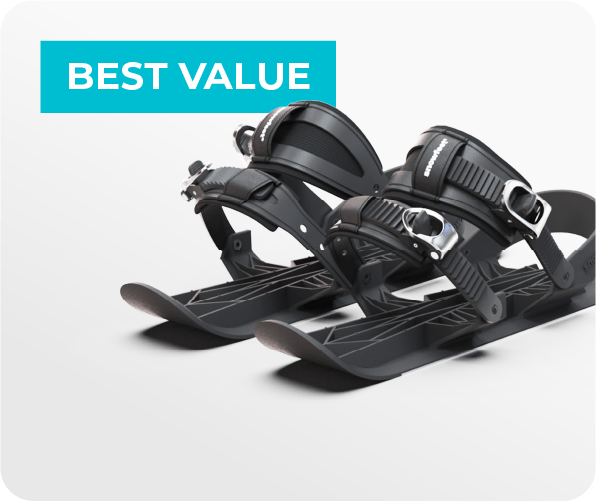



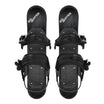
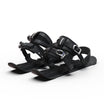
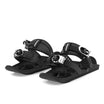

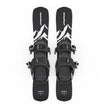
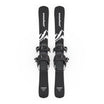

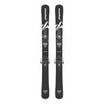
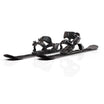
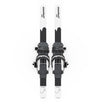


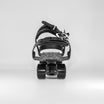

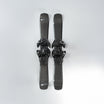


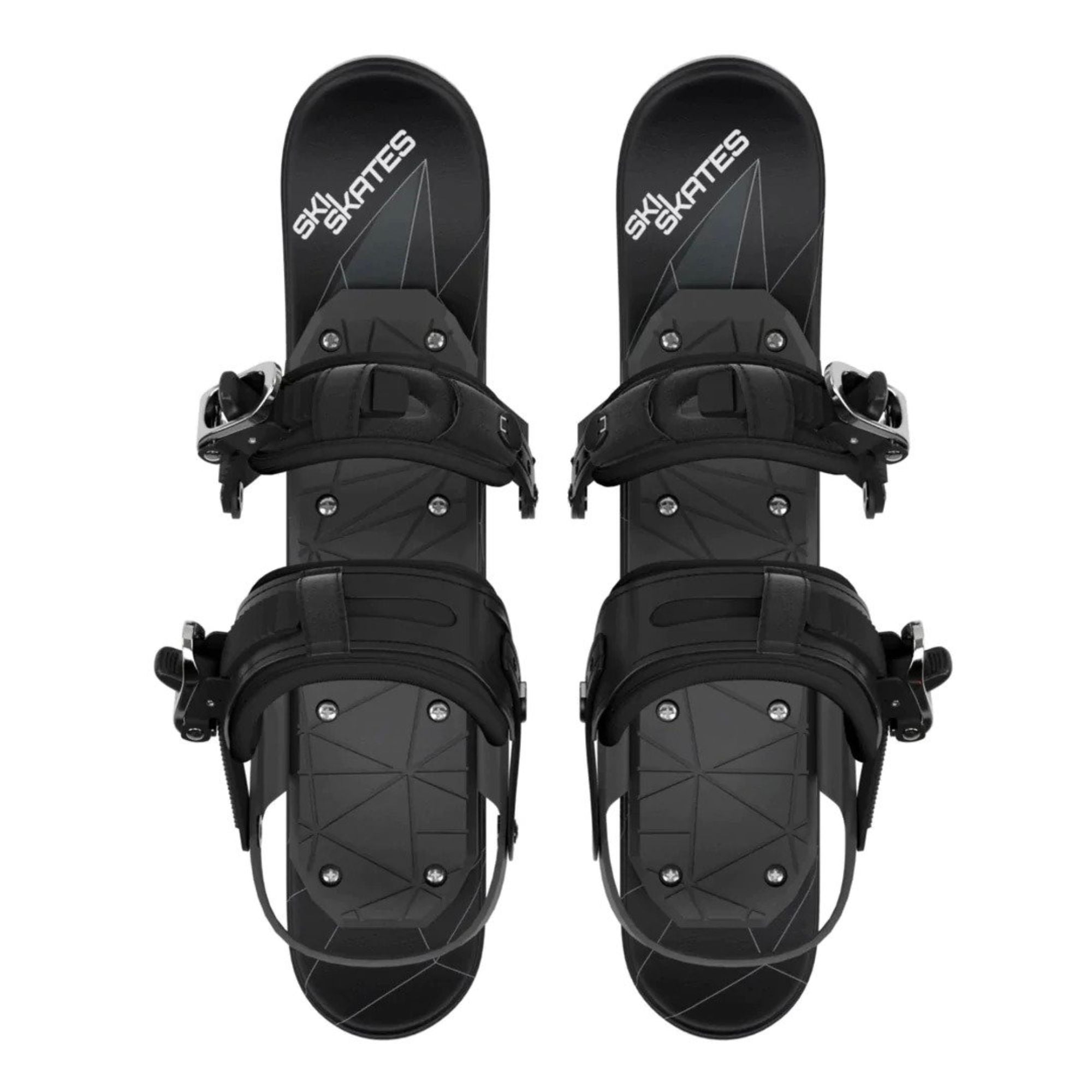
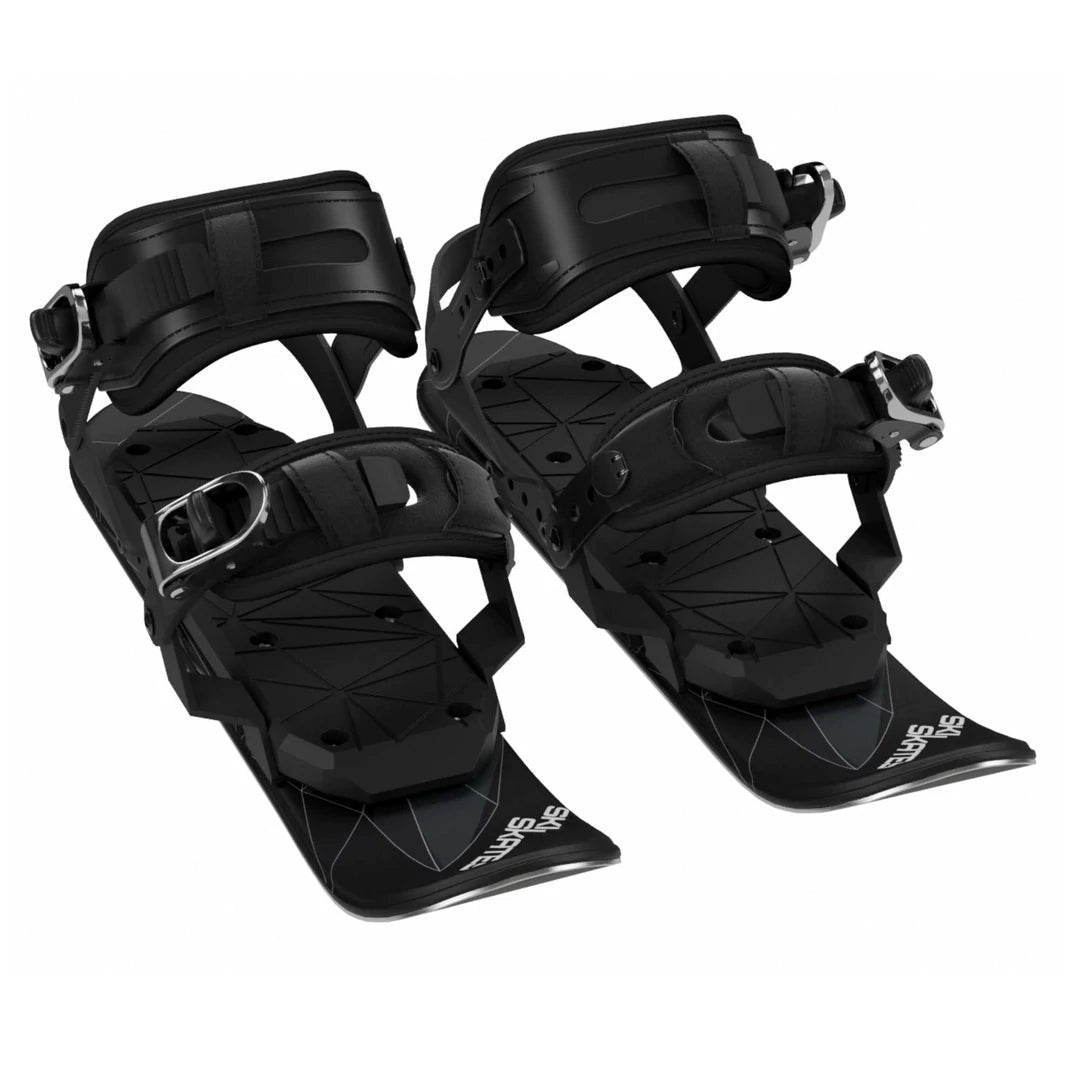
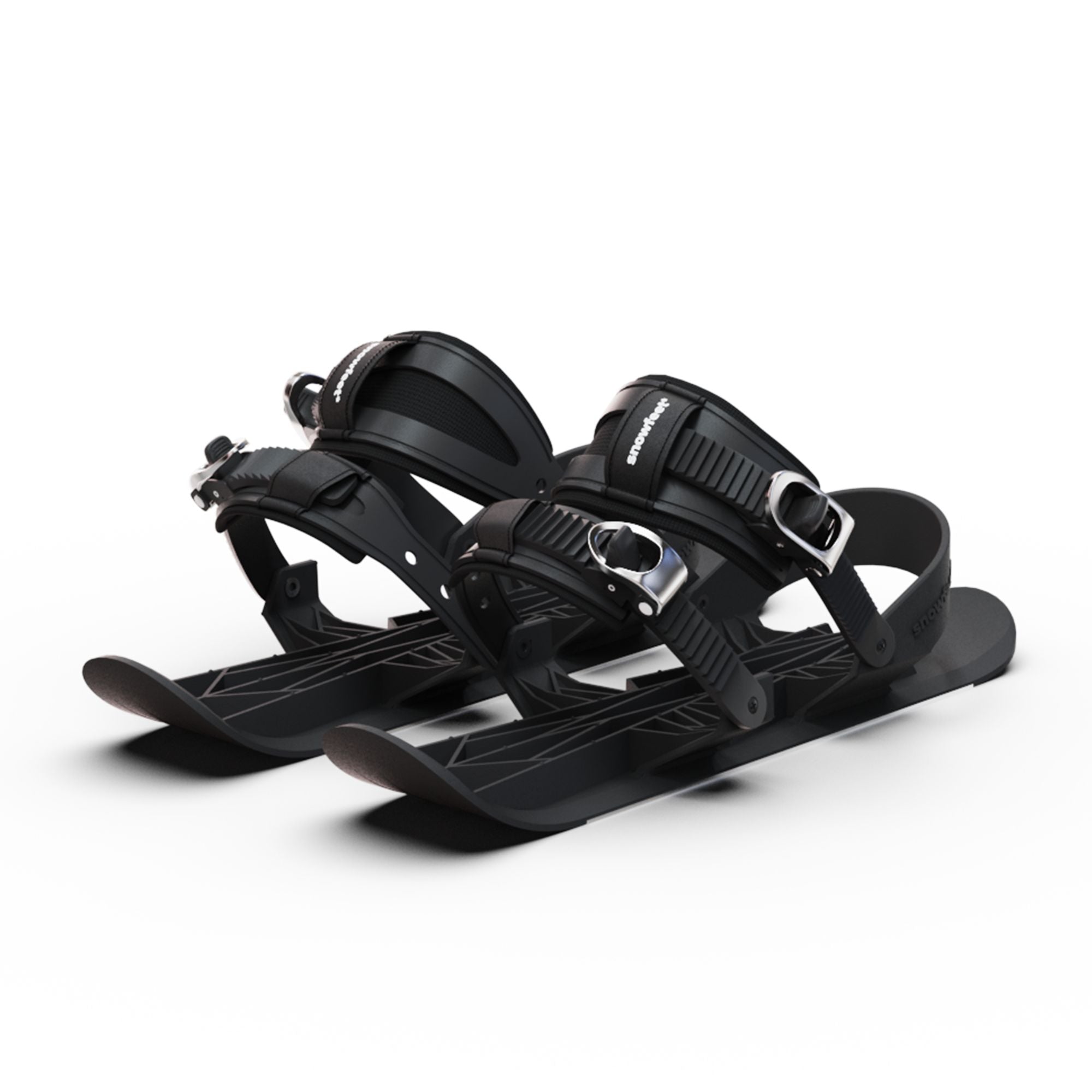

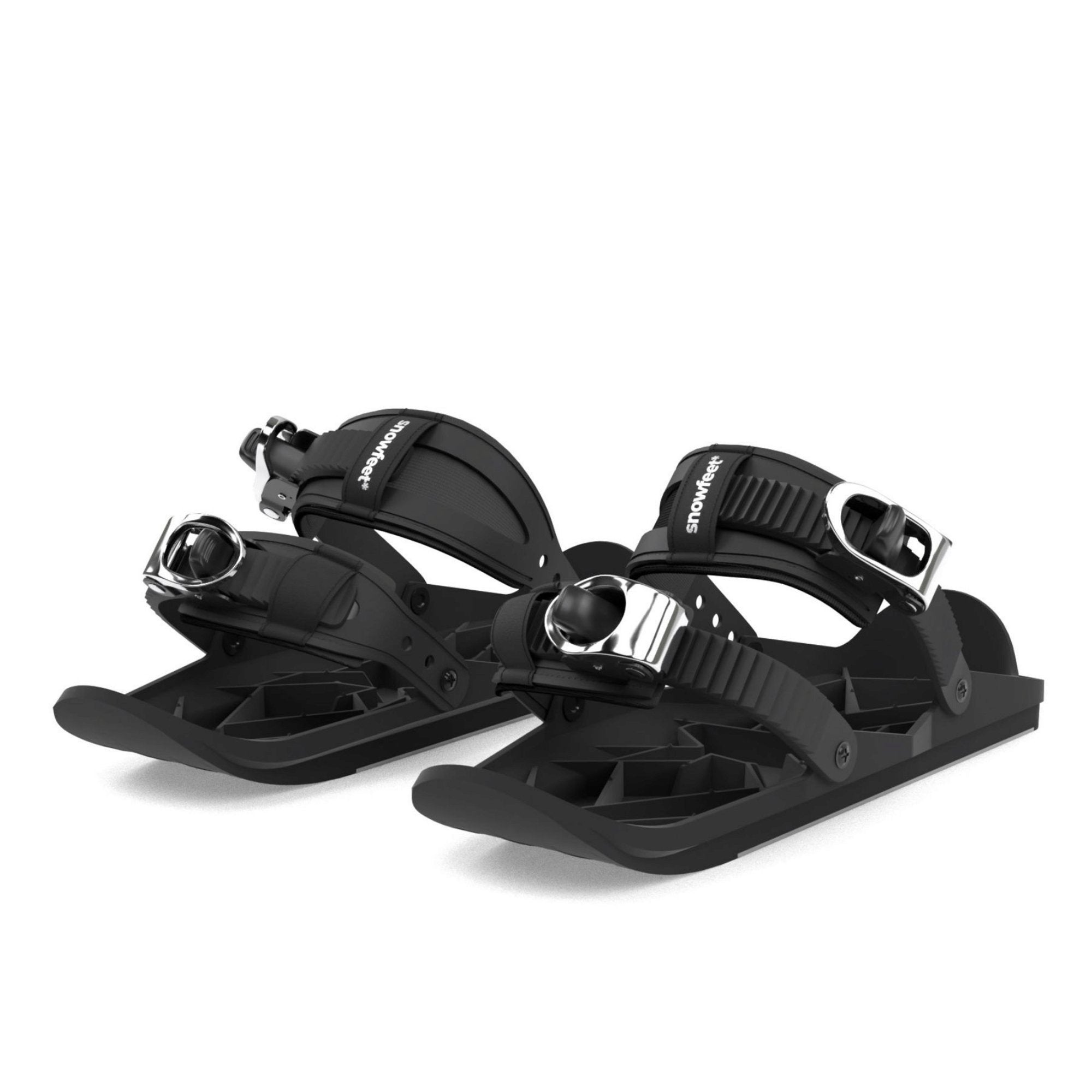
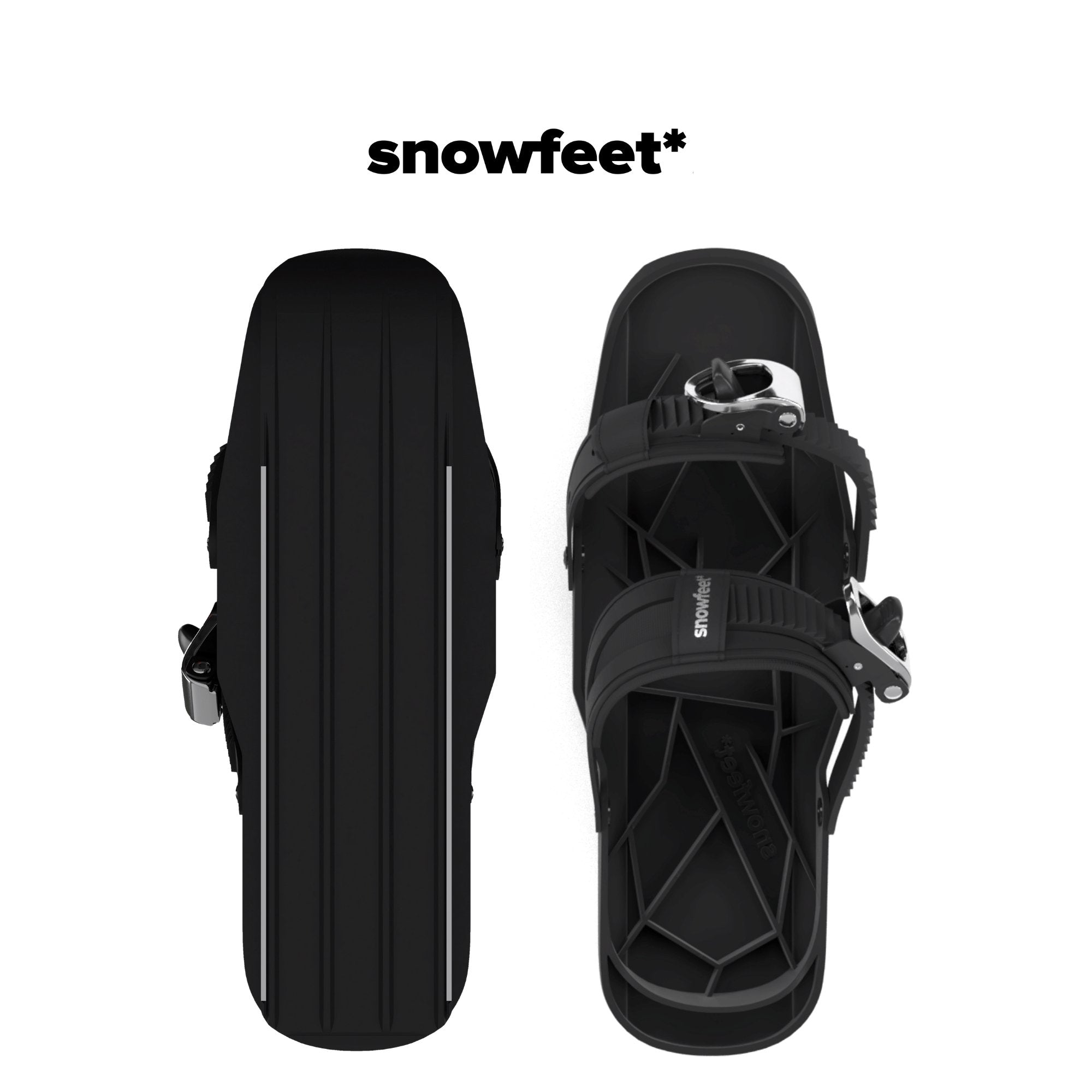
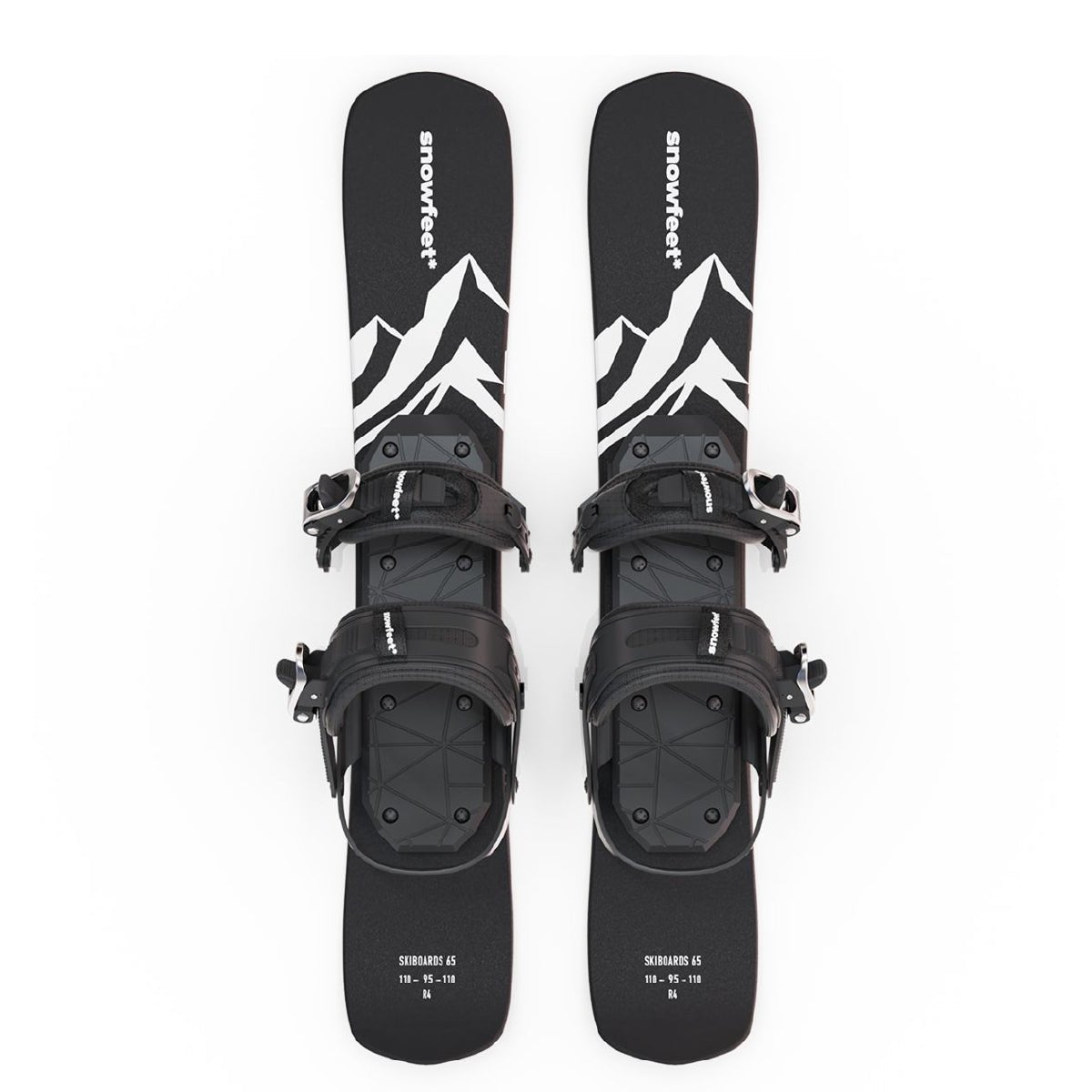
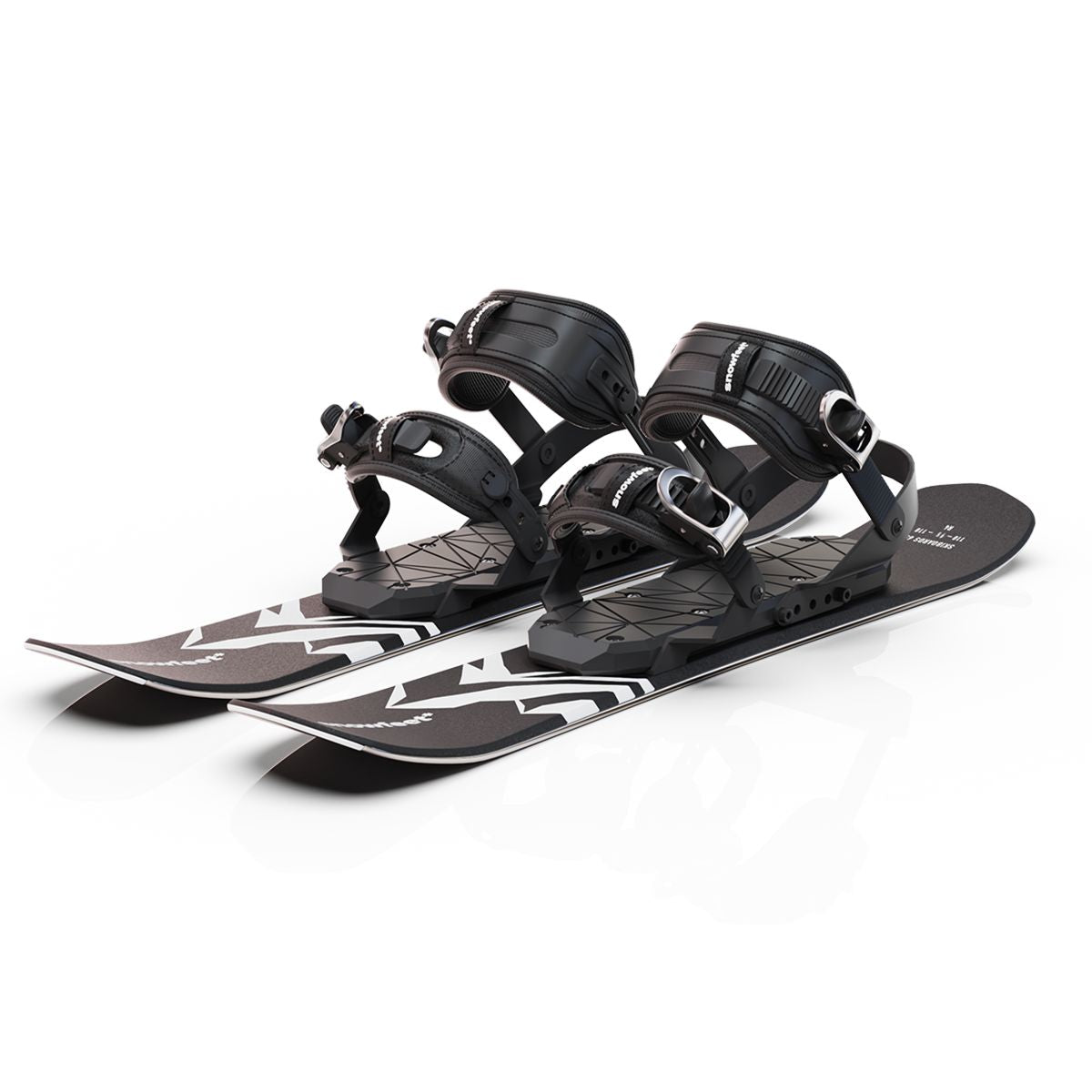
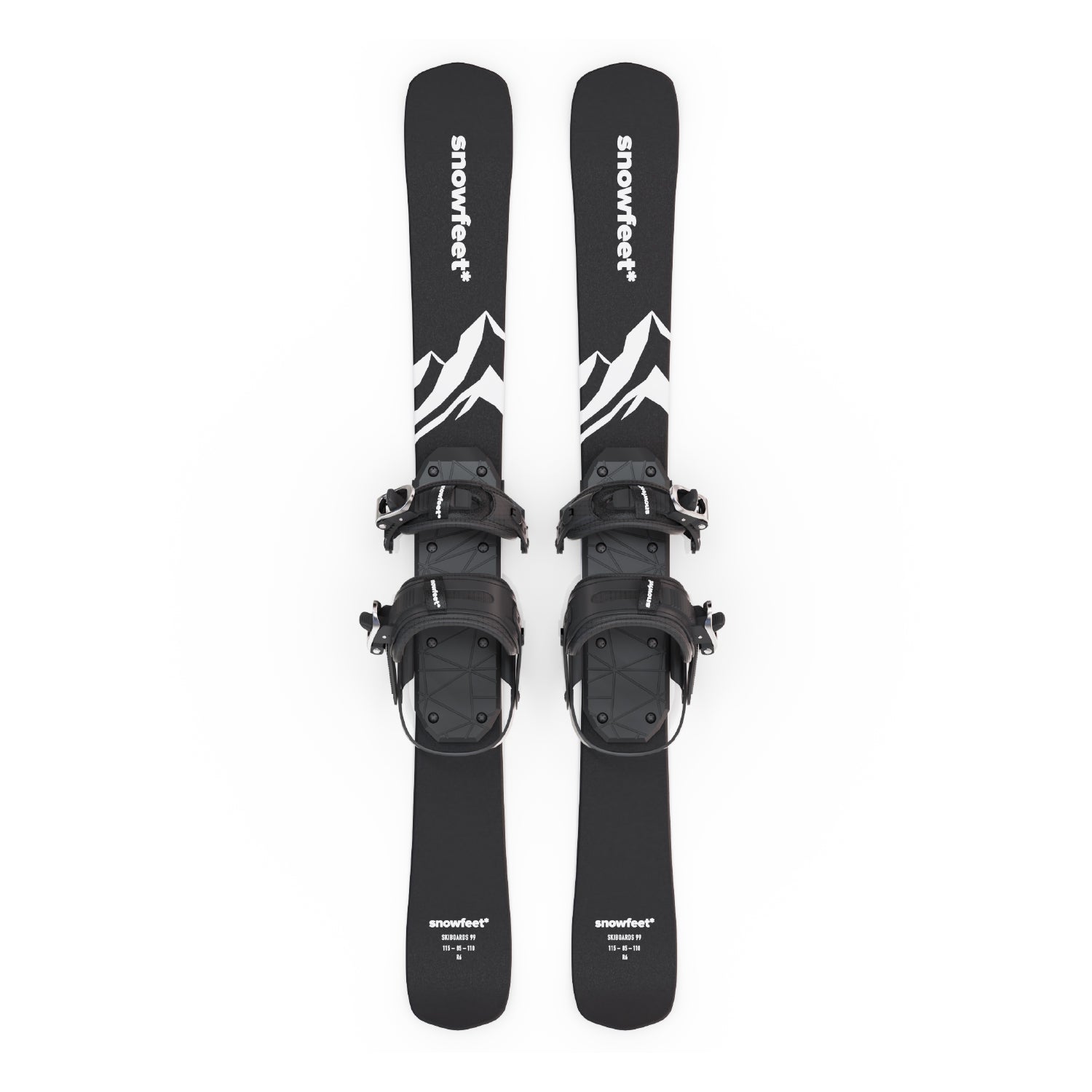
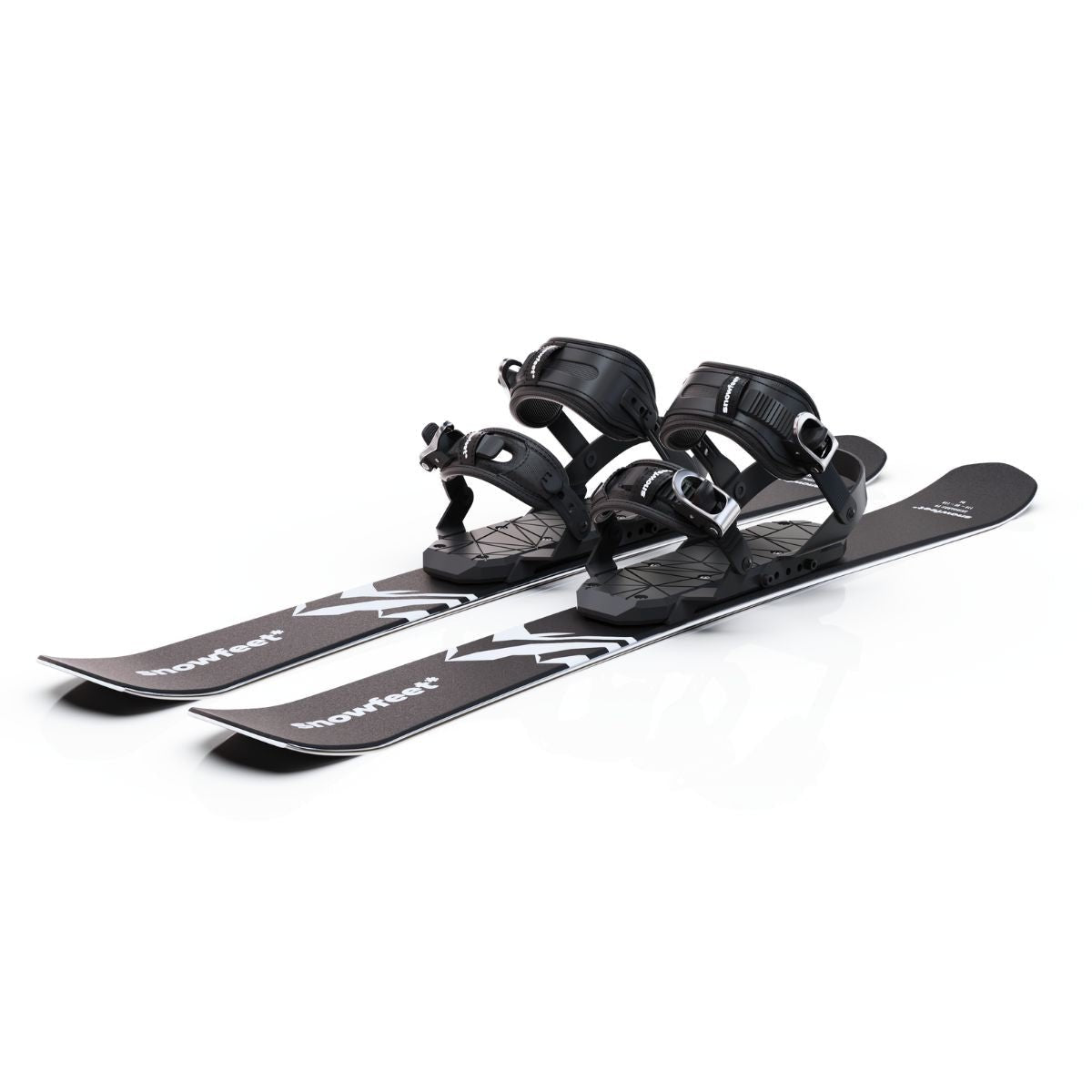
Leave a comment
This site is protected by hCaptcha and the hCaptcha Privacy Policy and Terms of Service apply.